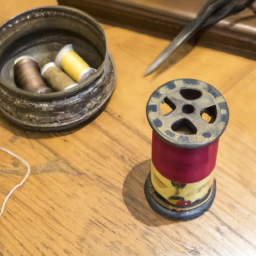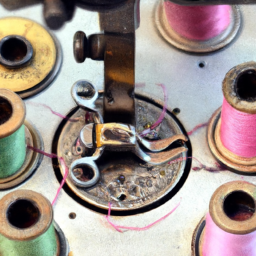
The History of Sewing Patterns

Throughout history, sewing patterns have played a crucial role in the world of fashion and in the lives of seamstresses and tailors worldwide. Such patterns offer templates and instructions for creating garments, allowing individuals to bring their creative visions to life.
The earliest known sewing patterns date back to ancient Egypt, where garments were often created by draping fabric directly around the body and then cutting it to fit. As civilizations progressed, so did the complexity of clothing construction, leading to the emergence of more structured sewing patterns.
Fast forward to the 19th century when patterns became more accessible with the industrial revolution. Companies like Pictorial Review and Butterick Publishing began offering pre-printed patterns in a range of sizes. These patterns brought convenience and affordability to home sewing, revolutionizing the way clothes were made.

The early 20th century saw the rise of pattern companies such as McCall’s and Simplicity, which further democratized sewing patterns. These companies started catering to various body types, style preferences, and skill levels, making sewing accessible to an even wider audience.
During times of war and economic crisis, sewing patterns gained further popularity as a means to make clothing more economically. In the 1940s, rationing of fabrics led to sewing patterns designed specifically to minimize material usage, highlighting the resourcefulness and adaptability of pattern makers and home sewers alike.

With the advent of modern technology, sewing patterns have also evolved. Digital patterns are now available, allowing sewers to print patterns at home or access them on their devices, eliminating the need for physical storage space. Online communities and marketplaces have also sprung up, connecting sewing enthusiasts and offering a wide range of patterns.
Today, sewing patterns continue to be an essential tool for sewers, whether they are professionals, hobbyists, or DIY enthusiasts. From classic designs to avant-garde couture, sewing patterns empower individuals to create unique and personalized garments that reflect their style and personality.
As we delve into the history of sewing patterns, it becomes clear that they are not just pieces of paper, but rather mirrors of the ever-evolving fashion industry and a testament to human creativity and craftsmanship.




